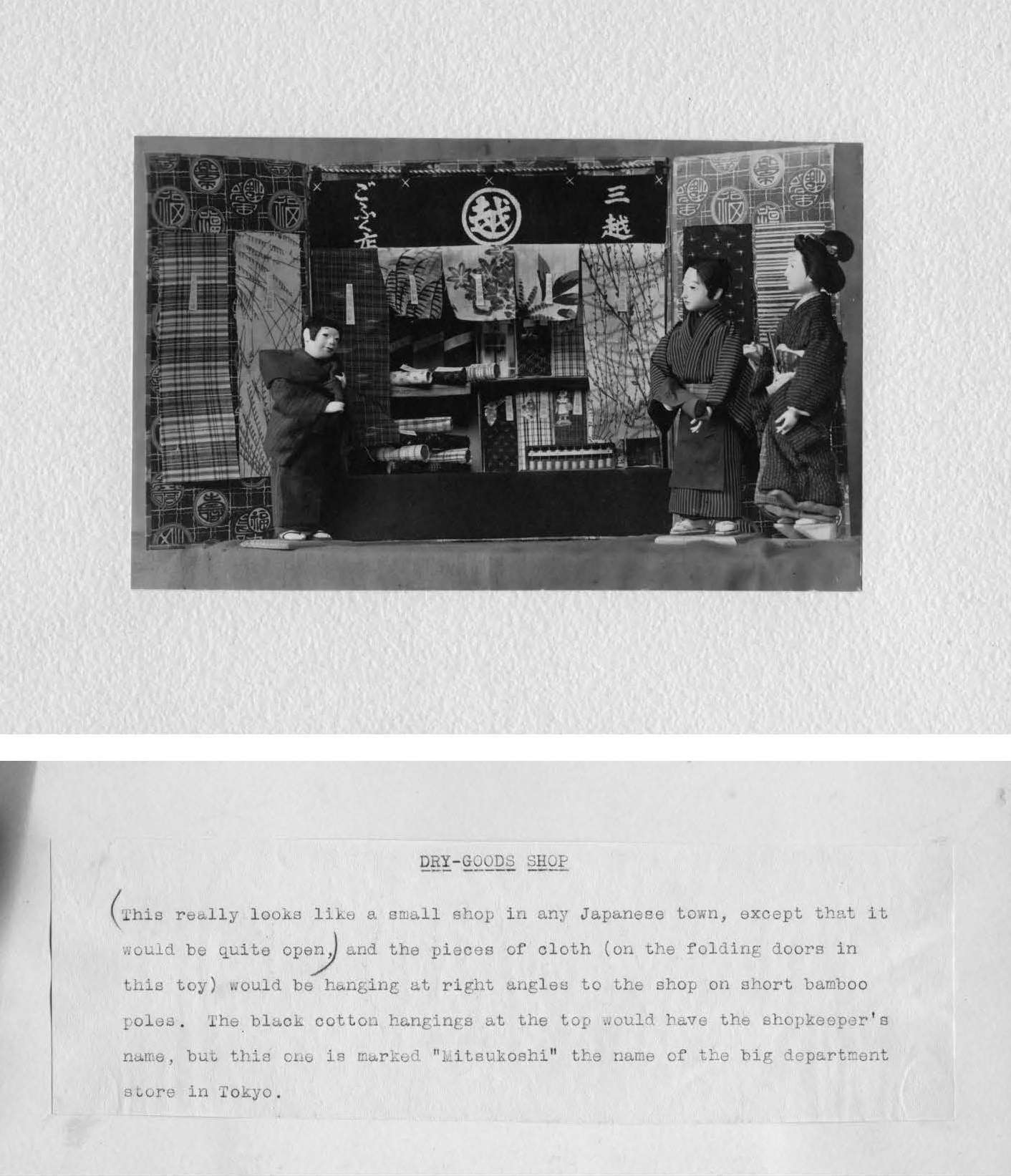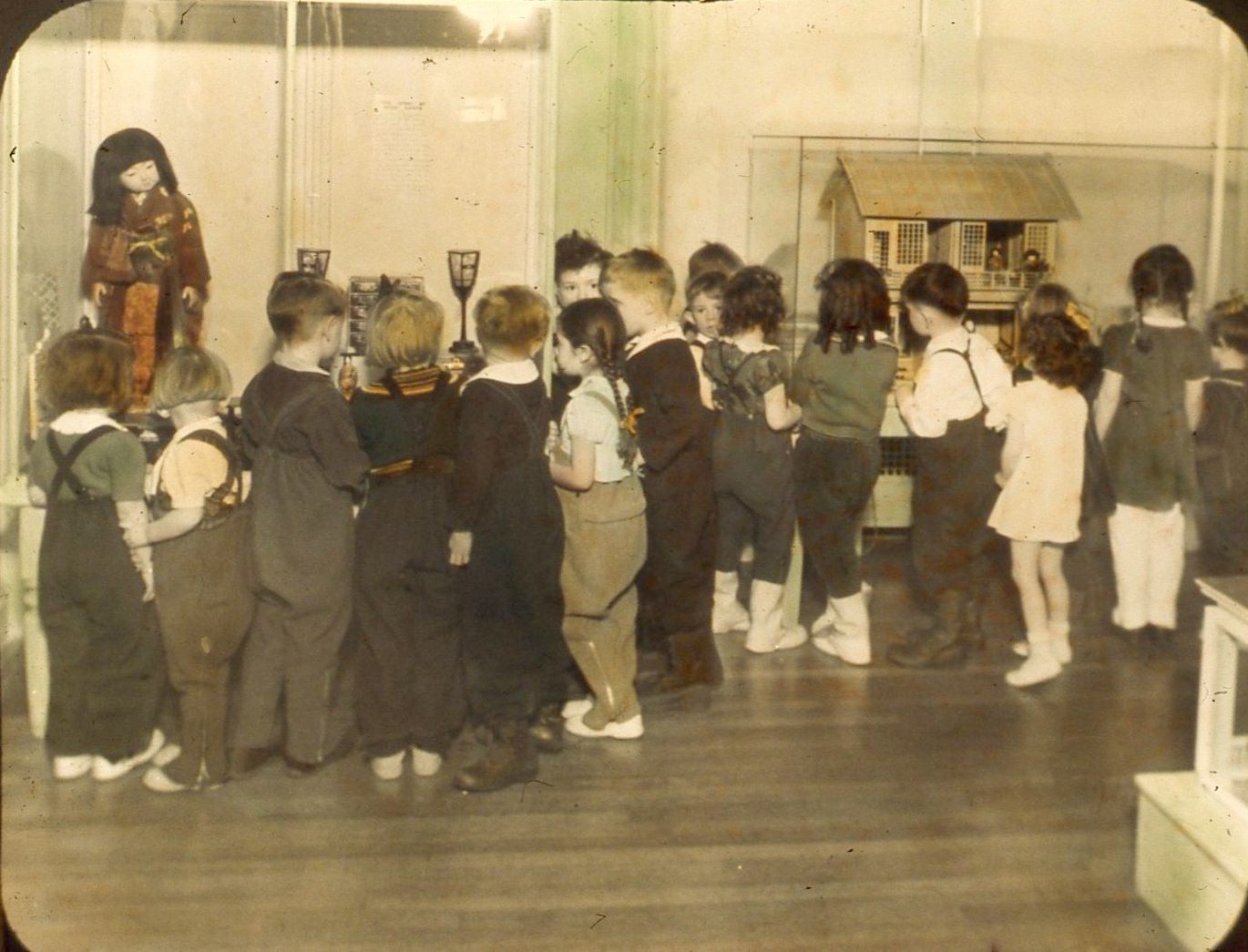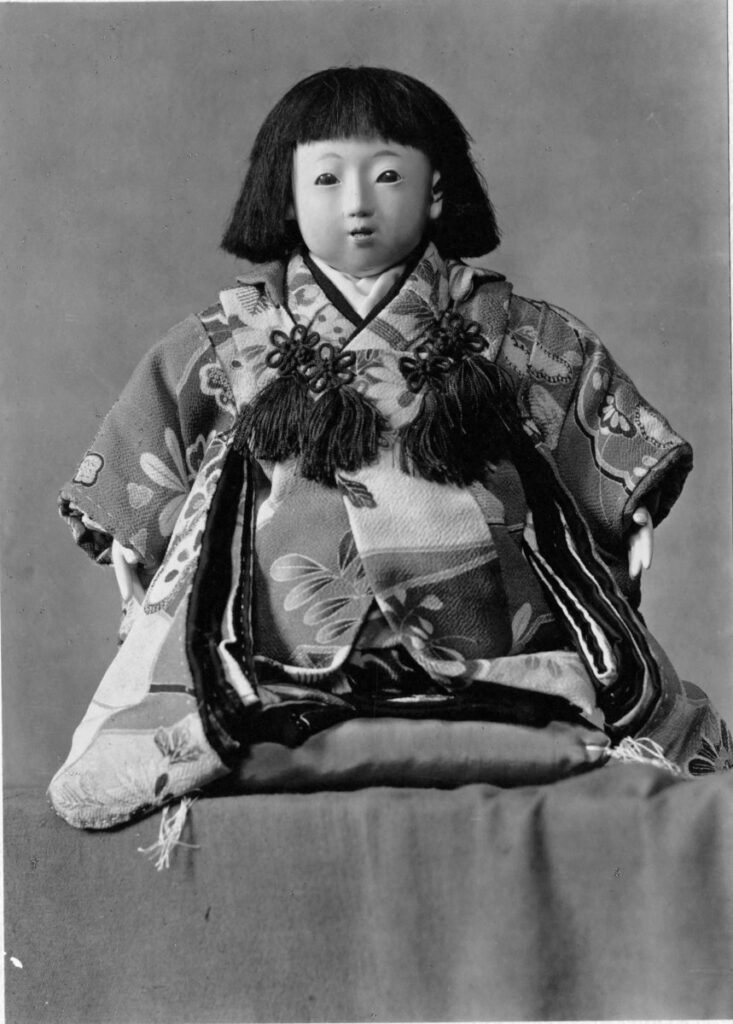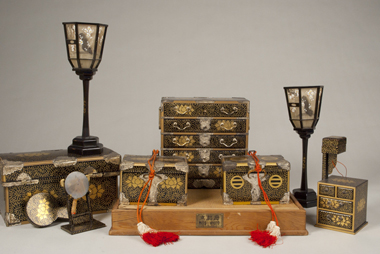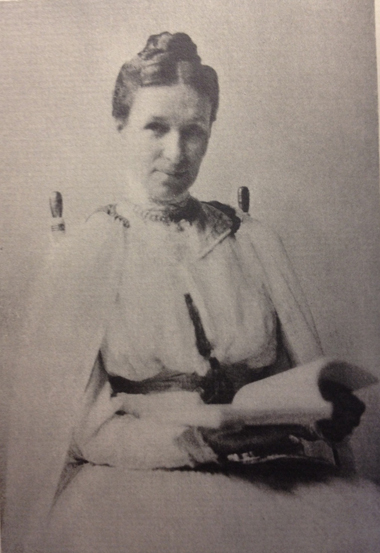History Timeline
Explore key moments in the history of teaching and learning about Japan at Boston Children’s Museum and about the installation of the Kyo no Machiya inside the Museum.
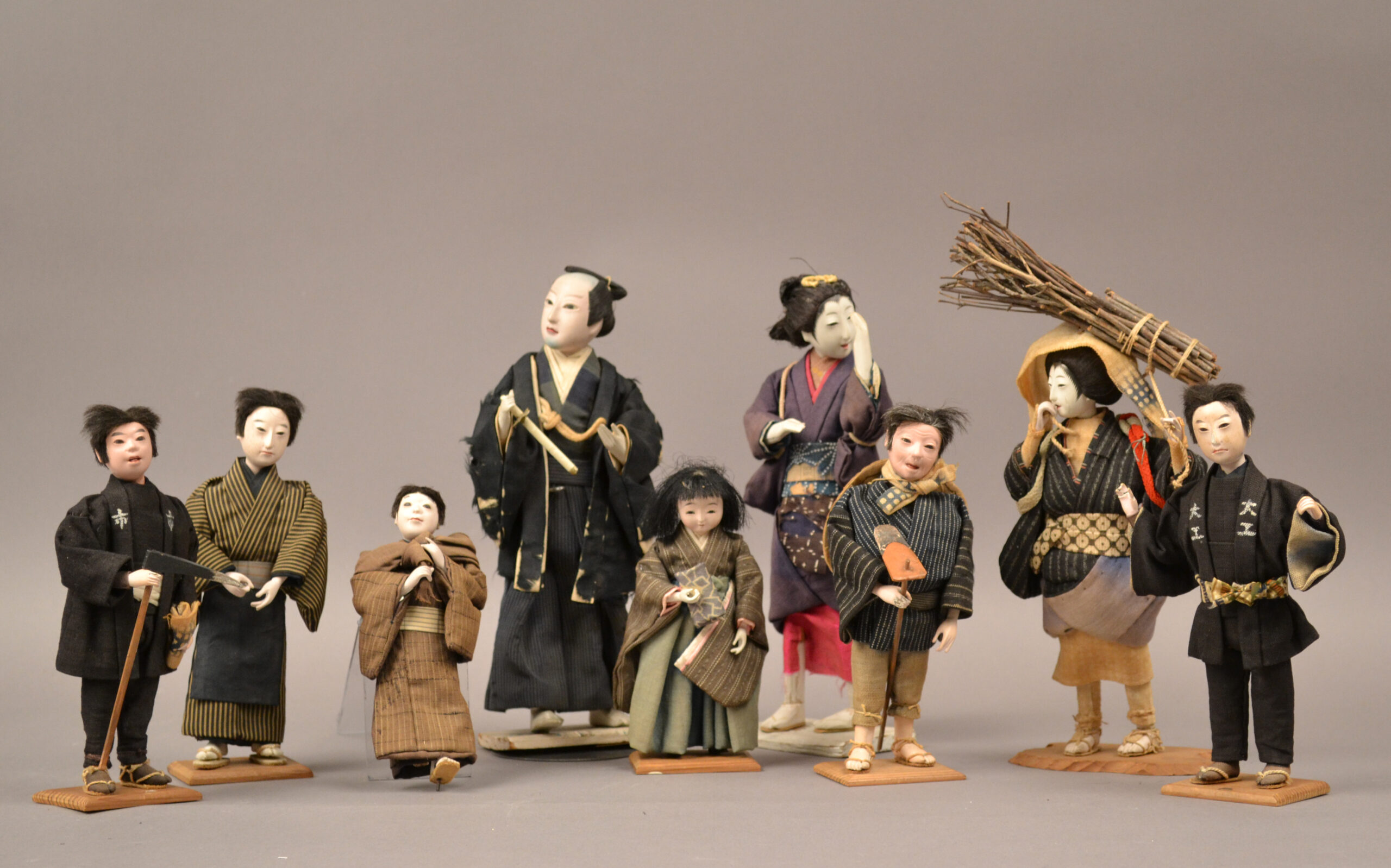
1913
Among the first gifts to the Museum was a collection of Japanese miniatures from Anna D. Slocum, a Boston woman who worked with schools and museums and traveled throughout Asia.
FULL STORY >

1914
The Museum began exhibiting and teaching about Japan immediately. During February vacation week, the Women’s Education Association organized a joint exhibit with the Children’s Museum and Boston's Museum of Fine Arts.
FULL STORY >

1920
Using the objects from the collection has always been part of the Museum's teaching philosophy.

